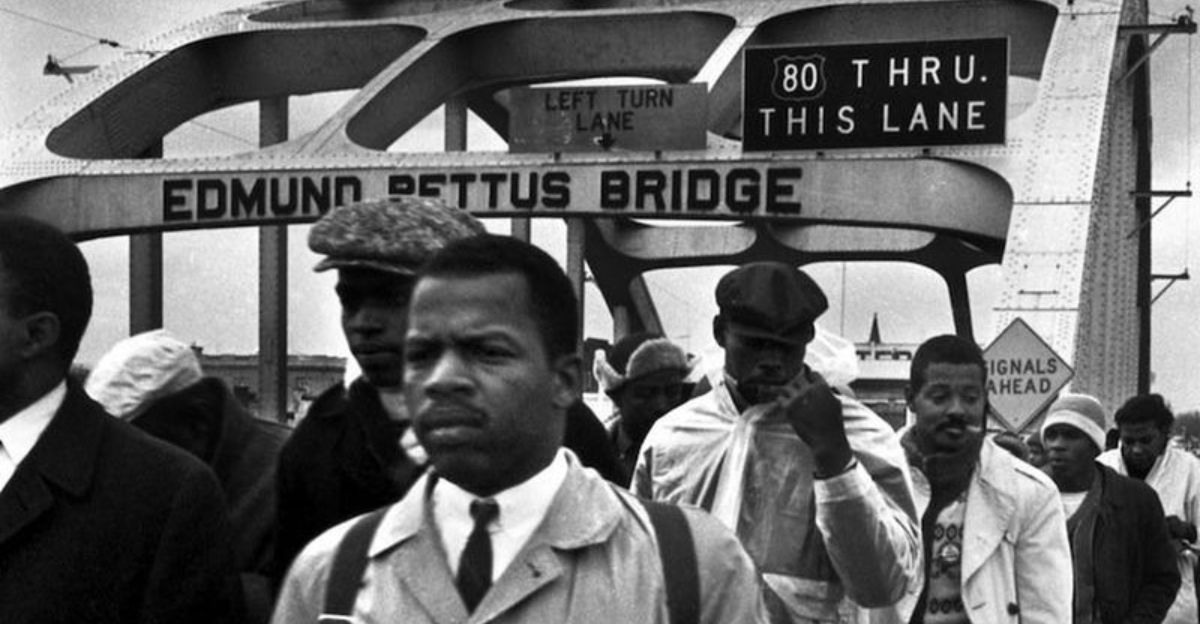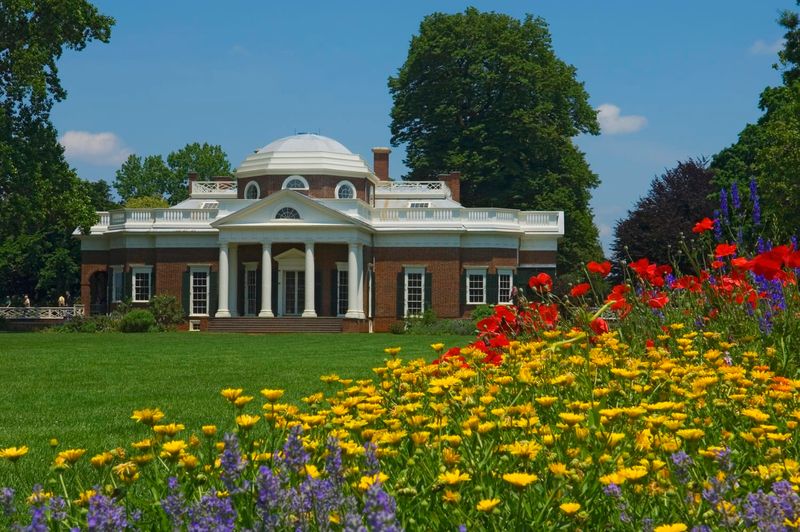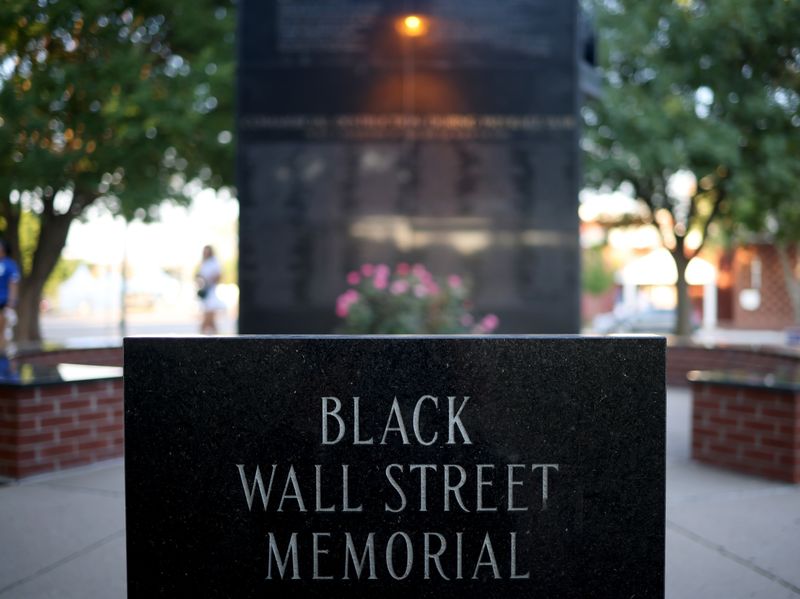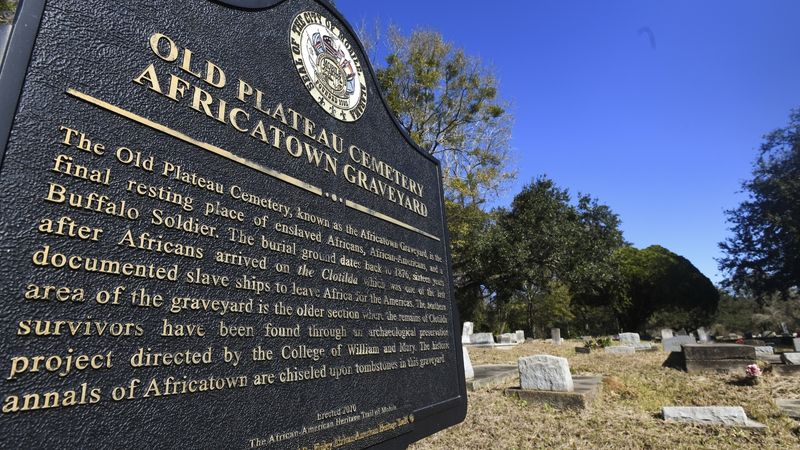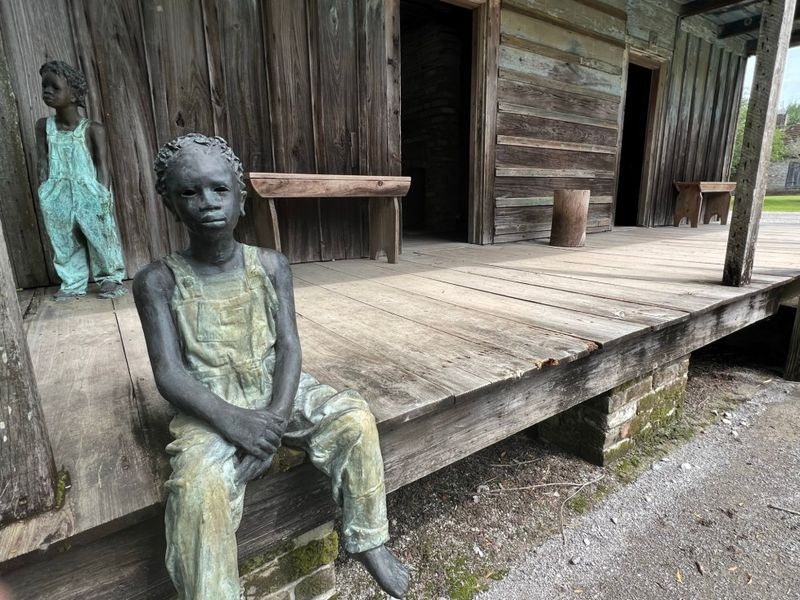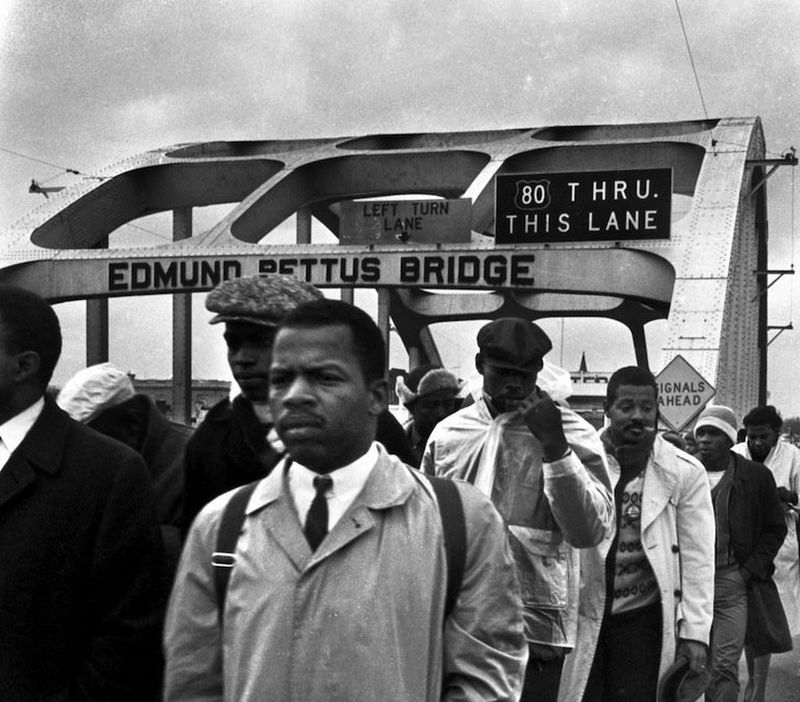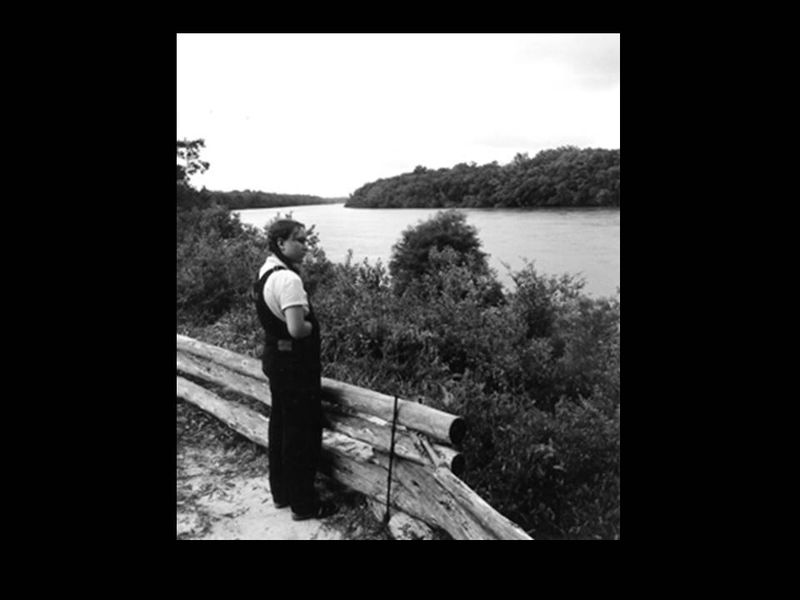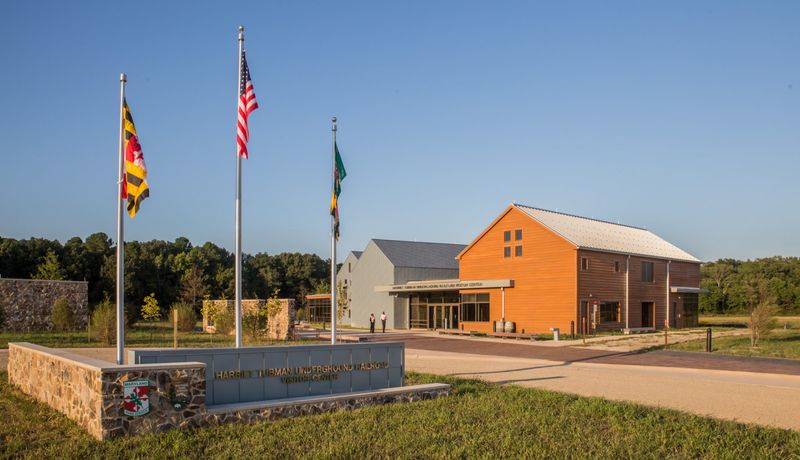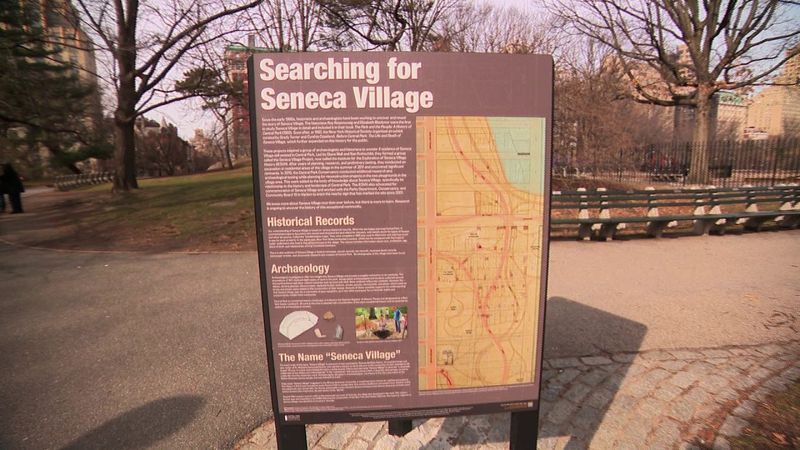Black history landmarks hold powerful stories of struggle, resilience, and triumph across America. Yet many of these sites spark heated debates among historians about their preservation, interpretation, and place in our national story.
From plantations to civil rights monuments, these landmarks force us to confront difficult questions about how we remember our past. The disagreements aren’t just academic—they shape how we understand Black history today.
1. Fort Mose: America’s First Free Black Settlement
Hidden in Florida’s marshy landscape lies Fort Mose, established in 1738 as the first legally sanctioned free Black community in what would become the United States. Spanish authorities granted freedom to escaped British slaves who converted to Catholicism and pledged loyalty to Spain.
Historians clash over whether this represented true freedom or merely trading one form of control for another. Some scholars emphasize Fort Mose’s revolutionary status as a self-governing Black community with its own militia.
Others point out the settlement’s precarious existence under Spanish protection, arguing it served primarily as a military buffer against British expansion rather than a genuine sanctuary.
2. Monticello’s Dual Legacy of Freedom and Bondage
Perched atop a Virginia hill, Thomas Jefferson’s architectural masterpiece embodies America’s founding contradictions. The third president designed an elegant mansion celebrating Enlightenment ideals while enslaving over 400 people throughout his lifetime.
Recent years have seen heated debates over how Monticello presents this history. Some traditionalists argue expanded slavery narratives overshadow Jefferson’s contributions to democracy. Others insist the stories of enslaved people like Sally Hemings—who bore several of Jefferson’s children—deserve equal prominence.
The controversy reflects broader tensions about balancing founders’ achievements against their participation in human bondage.
3. Black Wall Street’s Buried Truths
Prosperity once flourished in Tulsa’s Greenwood District before hatred consumed it in flames. In 1921, white mobs unleashed devastating violence on this thriving Black business district, killing hundreds and destroying 35 blocks of homes and businesses.
Long suppressed in history books, the massacre now generates fierce debates. Archaeologists continue searching for mass graves while historians argue over casualty counts ranging from dozens to over a thousand.
Local residents question whether recent memorialization efforts truly honor victims or merely commercialize tragedy. Meanwhile, development pressures threaten what little physical evidence remains of Black Wall Street’s original footprint.
4. Africatown’s Fight for Recognition
Born from unimaginable tragedy, Africatown stands as living testimony to resilience. Founded by survivors from the Clotilda—the last known slave ship to reach American shores in 1860—this Alabama community preserved African languages, traditions, and identities against overwhelming odds.
Industrial development has surrounded and polluted this historic area for decades. Preservationists battle for resources to protect remaining structures while descendants advocate for meaningful commemoration.
The 2019 discovery of the Clotilda’s remains reignited interest in Africatown’s story. Yet scholars disagree whether this newfound attention will translate into sustainable preservation or merely temporary fascination before the community faces further neglect.
5. Whitney Plantation’s Unflinching Gaze
Most plantation tours focus on architecture and wealthy owners’ lives. The Whitney Plantation in Louisiana flips this narrative entirely, centering the experiences of enslaved people through powerful memorials and first-person accounts.
Academic circles debate this approach intensely. Supporters praise Whitney’s courage in confronting slavery’s brutality without sugarcoating history. Critics question whether emotional impact sometimes comes at the expense of historical nuance.
Former slave cabins stand alongside memorial sculptures bearing names of the enslaved. This radical reframing raises fundamental questions about whose perspectives should dominate historical sites and whether comfort should ever outweigh truth when interpreting America’s painful past.
6. Edmund Pettus Bridge’s Painful Namesake
Steel arches span Alabama’s Alabama River, carrying both traffic and the weight of history. The Edmund Pettus Bridge gained worldwide recognition after “Bloody Sunday” in 1965, when state troopers brutally attacked peaceful civil rights marchers.
A fierce naming controversy surrounds this civil rights landmark. The bridge still honors Edmund Pettus, a Confederate general and Ku Klux Klan leader whose values directly opposed everything the marchers stood for.
Renaming advocates argue celebrating such a figure dishonors those who bled for equality. Others contend the jarring contrast between the name and the bridge’s civil rights significance creates a powerful teaching moment about how far America has come.
7. Negro Fort’s Forgotten Massacre
Nestled along Florida’s Apalachicola River stands the site of a brutal 1816 military attack that reverberates through centuries. Negro Fort served as refuge for hundreds of escaped slaves and free Black families until American forces deliberately fired a heated cannonball into its powder magazine.
The resulting explosion killed over 270 men, women, and children instantly. Military historians sometimes frame this as tactical necessity during border conflicts with Spain.
Black historians often interpret it differently—as an early example of state violence against free Black communities. Archaeological evidence remains limited, complicating efforts to fully understand this settlement’s daily life and the full scope of the massacre that destroyed it.
8. Mother Emanuel’s Sacred Sorrow
Gothic revival architecture rises above Charleston’s skyline, housing the oldest AME church in the South. Mother Emanuel’s history spans two centuries of Black religious life, from secret meetings during slavery to civil rights organizing—and tragically, a 2015 hate crime that claimed nine lives during Bible study.
The church’s response sparked admiration and controversy. Family members offered forgiveness that astonished the nation, but questions emerged about how to memorialize victims without exploiting grief.
Debates continue regarding security versus openness in Black sacred spaces. Some historians argue political leaders used the church’s forgiveness narrative to avoid deeper conversations about persistent racism, while others see this response as embodying the congregation’s profound spiritual traditions.
9. Harriet Tubman’s Complicated Underground Railroad
Winding through Maryland’s rural landscapes, the Harriet Tubman Underground Railroad Byway traces the path of America’s most famous conductor to freedom. Tubman returned repeatedly to rescue approximately 70 enslaved people despite enormous personal risk.
Contemporary historians wrestle with how this history is presented. Tourism-friendly narratives sometimes portray a simplified network of secret routes and safe houses with clear pathways to freedom.
The reality involved desperate improvisation, betrayal, and constant danger. Some scholars worry that designating official routes obscures how enslaved people primarily relied on their own ingenuity rather than formal networks. Others argue these physical sites provide crucial educational opportunities for understanding slavery’s brutality and resistance.
10. Waverley Plantation’s Selective Storytelling
Columns rise majestically from Mississippi soil, framing an antebellum mansion celebrated for its architectural splendor. Waverley Plantation attracts thousands of visitors annually to admire its octagonal cupola and period furnishings.
What many tours minimize is the labor that built this opulence. Hundreds of enslaved people worked Waverley’s cotton fields, yet their living quarters often receive passing mention if acknowledged at all.
Preservation experts remain divided on approach. Some argue focusing on architecture preserves important design history regardless of context. Others maintain that separating buildings from the enslaved labor that created them perpetuates harmful myths about plantation life and fundamentally misrepresents history by centering white wealth rather than its human cost.
11. Seneca Village: Central Park’s Erased Community
Beneath Central Park’s manicured lawns lies the forgotten story of a thriving Black community. Seneca Village housed approximately 225 residents, including property owners who had achieved middle-class stability against tremendous odds in pre-Civil War New York.
The settlement was demolished in 1857 through eminent domain to create Manhattan’s grand park. Historians debate whether this constituted necessary urban development or targeted destruction of Black property ownership.
Archaeological digs have unearthed household items and foundations, sparking renewed interest. Yet many scholars argue the city’s commemorative efforts remain inadequate—small signs hardly acknowledge that creating America’s most famous park required erasing a successful Black community from both the landscape and public memory.
